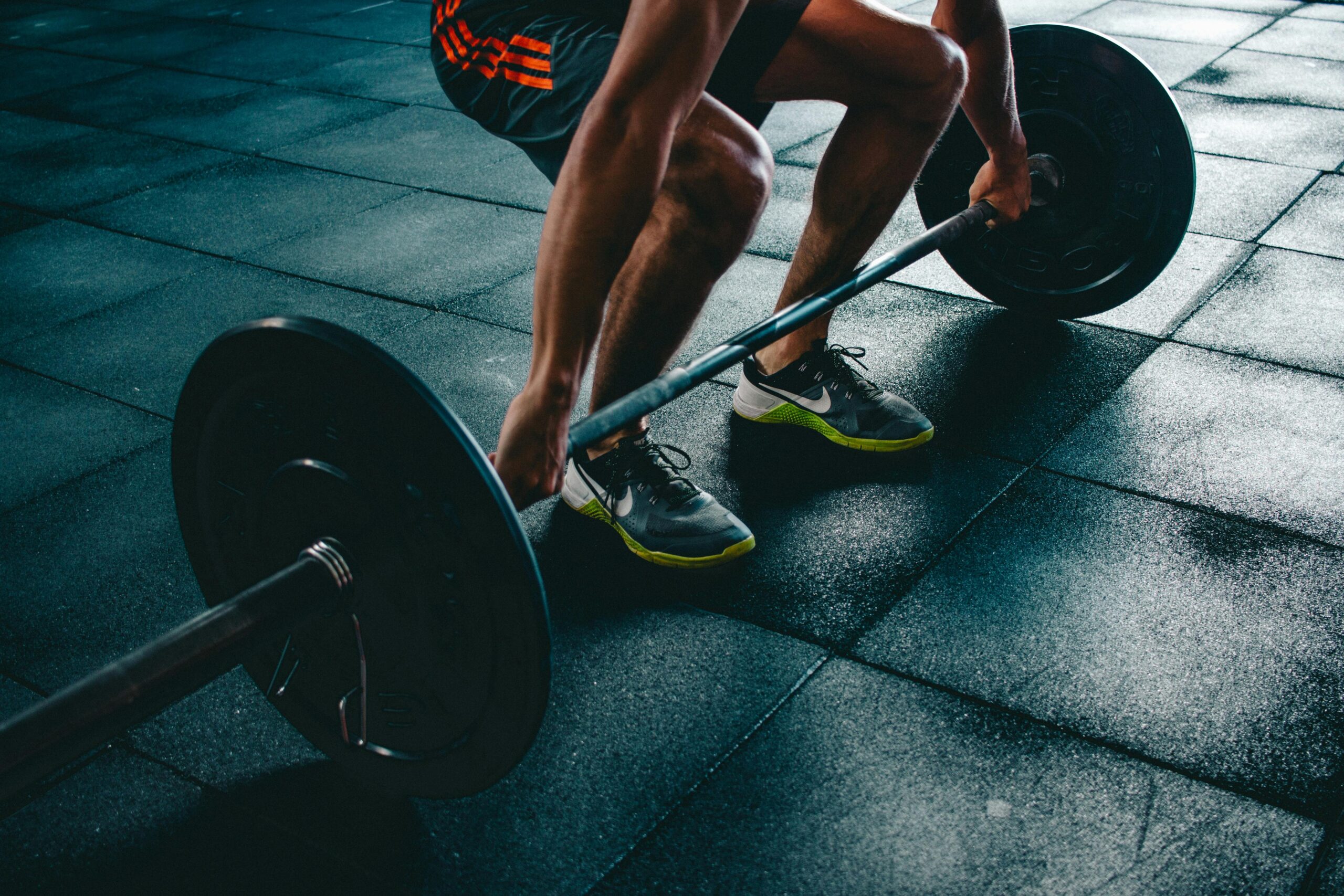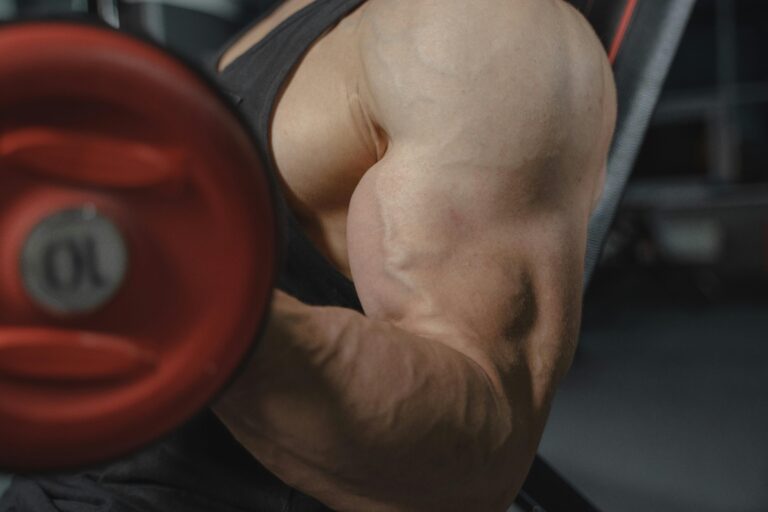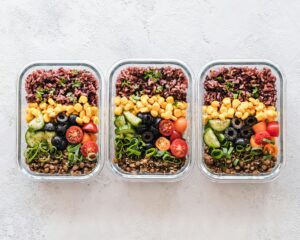Why Workouts Matter More Than Ever?
In a world where most of us spend hours sitting — at desks, in cars, or on couches — regular workouts are no longer optional; they’re essential. Exercise is not just about six-pack abs or a toned body. It’s about longevity, mental health, immunity, and confidence.
This guide will take you through everything you need to know about workouts: from the types of exercises to beginner routines, from fat loss strategies to muscle-building tips, and most importantly, how to stay consistent for the long term.
1. Benefits of Regular Workouts
Before diving into workout plans, let’s understand why they matter.
1.1 Physical Benefits
- Burns calories and reduces fat
- Builds muscle and strength
- Improves cardiovascular health
- Strengthens bones and joints
- Increases flexibility and mobility
1.2 Mental Benefits
- Boosts mood by releasing endorphins
- Reduces stress and anxiety
- Improves memory and focus
- Builds discipline and confidence
1.3 Long-Term Benefits
- Prevents lifestyle diseases like diabetes, hypertension, and obesity
- Increases lifespan
- Enhances quality of life
2. Types of Workouts (Which One is Right for You?)
Not all workouts are the same. Choosing the right one depends on your goals.
2.1 Cardio Workouts
Examples: running, cycling, swimming, brisk walking, jump rope
- Best for: fat loss, heart health, endurance
- Burns 200–600 calories per session depending on intensity
2.2 Strength Training
Examples: weightlifting, resistance bands, bodyweight exercises
- Best for: building muscle, boosting metabolism, long-term fat loss
- Muscle burns more calories even at rest
2.3 High-Intensity Interval Training (HIIT)
Short bursts of intense exercise followed by rest (e.g., 30 sec sprint + 30 sec rest)
- Best for: quick fat burn, time efficiency, stamina
- 15 minutes of HIIT can equal 45 minutes of steady cardio
2.4 Flexibility & Mobility Training
Examples: yoga, pilates, stretching
- Best for: preventing injuries, improving posture, reducing stiffness
2.5 Sports & Functional Training
Examples: football, basketball, CrossFit, martial arts
- Best for: full-body conditioning, fun, teamwork, and motivation
3. How to Start Your Workout Journey as a Beginner
If you’re new to fitness, start slow and focus on building the habit first.
Step 1: Set a Goal
- Weight loss? → Cardio + calorie deficit
- Muscle gain? → Strength training + protein-rich diet
- General fitness? → Mix of cardio, strength, and mobility
Step 2: Choose Your Schedule
- 3 Days/Week Plan: Full-body workouts (best for beginners)
- 4–5 Days/Week Plan: Split routine (upper/lower body or push/pull/legs)
Step 3: Warm-Up & Cool-Down
- 5–10 minutes of light cardio before workouts
- Stretching after workouts to prevent soreness
4. A 7-Day Beginner Workout Plan
Here’s a simple plan you can follow:
Day 1 – Full Body Strength
- Squats – 3×12
- Push-ups – 3×10
- Dumbbell Rows – 3×12
- Plank – 3×30 sec
Day 2 – Cardio
- 30-min brisk walk or cycling
Day 3 – Full Body Strength
- Lunges – 3×12
- Shoulder Press – 3×12
- Glute Bridges – 3×12
- Russian Twists – 3×15
Day 4 – Rest or Yoga
Day 5 – HIIT
- Jumping Jacks – 40 sec
- Mountain Climbers – 30 sec
- Burpees – 15 reps
- Repeat 3–4 times
Day 6 – Strength Training
- Deadlifts – 3×10
- Bench Press – 3×10
- Pull-ups (or assisted) – 3×8
- Side Plank – 3×20 sec
Day 7 – Active Recovery
- Light walking, stretching, or yoga
5. Nutrition and Workouts: The Perfect Combination
You can’t out-train a bad diet. Your results depend 70% on nutrition, 30% on training.
For Weight Loss:
- Calorie deficit (eat fewer calories than you burn)
- High protein diet to preserve muscle
- More whole foods, fewer processed items
For Muscle Gain:
- Calorie surplus (eat slightly more than you burn)
- 1.6–2g protein per kg of body weight
- Carbs for energy, healthy fats for hormones
6. Common Workout Mistakes to Avoid
- Skipping warm-ups and cool-downs
- Lifting too heavy without proper form
- Overtraining without rest days
- Ignoring nutrition and sleep
- Comparing your progress with others
7. Staying Consistent with Workouts
Consistency beats intensity. A moderate workout done 5 days a week is better than a hardcore one you quit in a month.
Tips for Consistency
- Start small (15–20 minutes daily)
- Track your progress (apps, journals)
- Find an accountability partner
- Mix workouts to avoid boredom
- Celebrate small wins
8. Advanced Workouts Once You Progress
After 3–6 months, you can try:
- Progressive overload (gradually increase weight/reps)
- Push/Pull/Legs split
- CrossFit or functional training
- Long-distance running or cycling
9. The Role of Sleep and Recovery
Muscles grow outside the gym, during rest.
- Sleep 7–9 hours daily
- Stretch after workouts
- Hydrate well
- Take 1–2 rest days per week
10. Final Thoughts: Build a Lifestyle, Not Just a Body
A workout routine isn’t a punishment; it’s self-care. Whether your goal is fat loss, muscle gain, or just feeling energetic, the secret is simple: move daily, eat clean, rest well, and stay consistent.
Your body is your lifelong home. Treat it well, and it will reward you with energy, confidence, and resilience.







